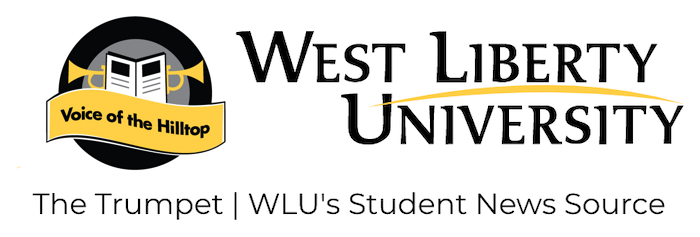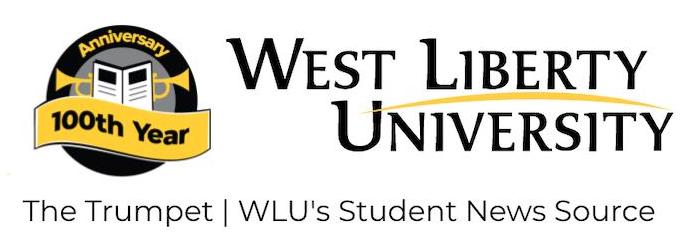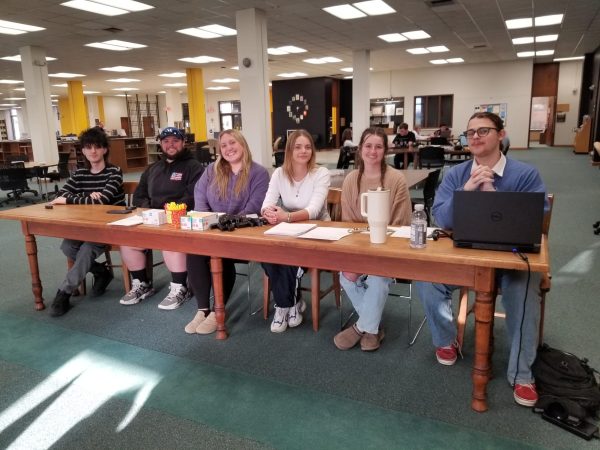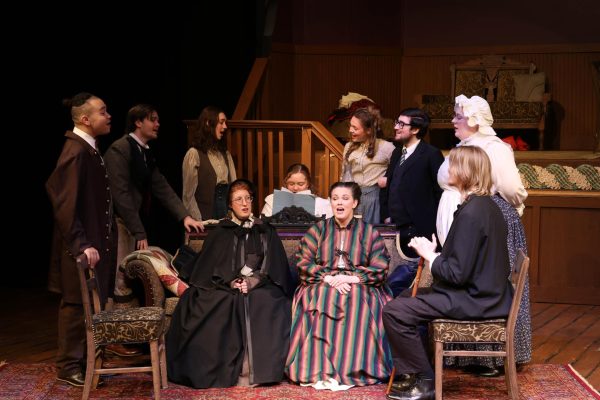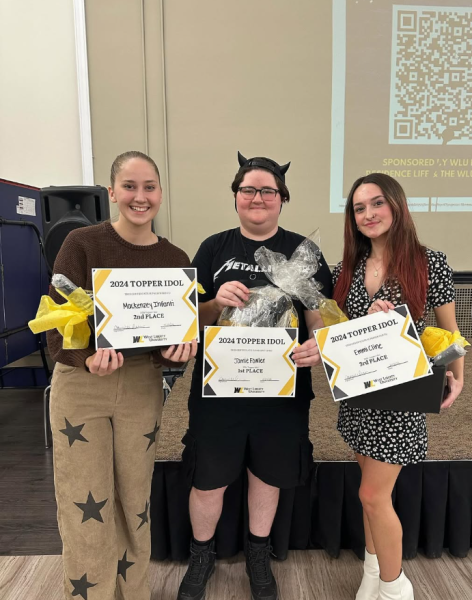New concentrations coming for the communications department in fall 2021
WLU’s College of Arts and Communication is offering three new concentrations for students wanting a bachelor’s degree in media communications which begins fall 2021. The three new concentrations are journalism-public relations, design production and media production.
The Bachelor of Science degree in Media Communications (BS) at WLU is a 120-credit hour program. The program will include 26 credit hours of required communications core, 21 credit hours of media arts foundation and 37 credit hours in general studies in one or two of the concentrations. Students in the media communications degree must choose one of the above concentrations. Students have the option to choose a second concentration or they may choose electives (which can include a minor) to total 120 credits. If a student wishes to take a minor, it must be from outside of the media communication program.
The journalism-public relations concentration includes courses in broadcast news writing, writing for media and an on-campus internship in both journalism and public relations. Also, students will be involved in an advanced course selection in public relations and journalism, copyediting, proofreading, multimedia, social networking, sports writing and writing for the web and social media.
The design production concentration includes courses in graphic design history, visual communications, photography, 2D foundation design and digital imaging.
The media production concentration includes courses in audio production, television production, podcasting, remote production, news directing and producing as well as broadcast performance.
These three new concentrations were created to provide students with hands-on foundation in media, production, writing, reporting, theory, research and media law and ethics. In addition, the program offers students experience in design thinking, video editing, computer graphics and visual critical literacy. Students have the choice of completing a capstone or internship; in addition, all students will design a media portfolio their senior year.
WLU provides hands-on experience for students in production, writing and promotion beyond the classroom through on-campus organizations and clubs such as Topper Station, WLU-TV 14, WGLZ and The Trumpet, the student-run newspaper.
Current WLU communication professors offered their insights regarding these new concentrations as well as how they are going to better the university and students. Danielle Mehlman-Brightwell, instructor of communication, said “The media communications degree concentrations came at a perfect time since The Trumpet underwent a media convergence process this year. As faculty adviser of The Trumpet, students learn firsthand how a newsroom functions from newsworthy story assignments, conducting interviews, writing/reporting, copyediting, layout/design thinking, production/publication to disseminating information on social media, website and Issuu.”
Another professor in the communications department, Ryan McCullough, offered some of his insights regarding these new concentrations. “In a field like media, you have to adapt to changes. These changes reflect an adaptation to the media environment and will prepare students to adapt to those changes as well.” Discussing how much media convergence has changed the media communication fields, McCullough shared, “We believe we have significantly strengthened our media program by preparing students for the world of media convergence. This is why I like the new concentration, and this is why it will benefit students.”
As of right now, there are “clear walls and boundaries” between broadcasting, journalism and public relations; however, the new media communications degree “seeks to break down those walls”, according to McCullough. One aspect McCullough really likes about these new changes is how students interested in public relations will be able to gain experience in design, and students in journalism will gain experience with public relations. “Our new media communications program will provide our students with the necessary resources to adapt,” said McCullough.
For more information, please contact Annalise Murphy at [email protected]. Murphy will be able to put you in contact with those within the communications program for any questions you may have. Students interested in the media communications degree should begin applying now for fall 2021.
Annalise Murphy, of New Cumberland, W. Va., is a junior at West Liberty University and double majors in journalism and criminal justice. Murphy has volunteered...
